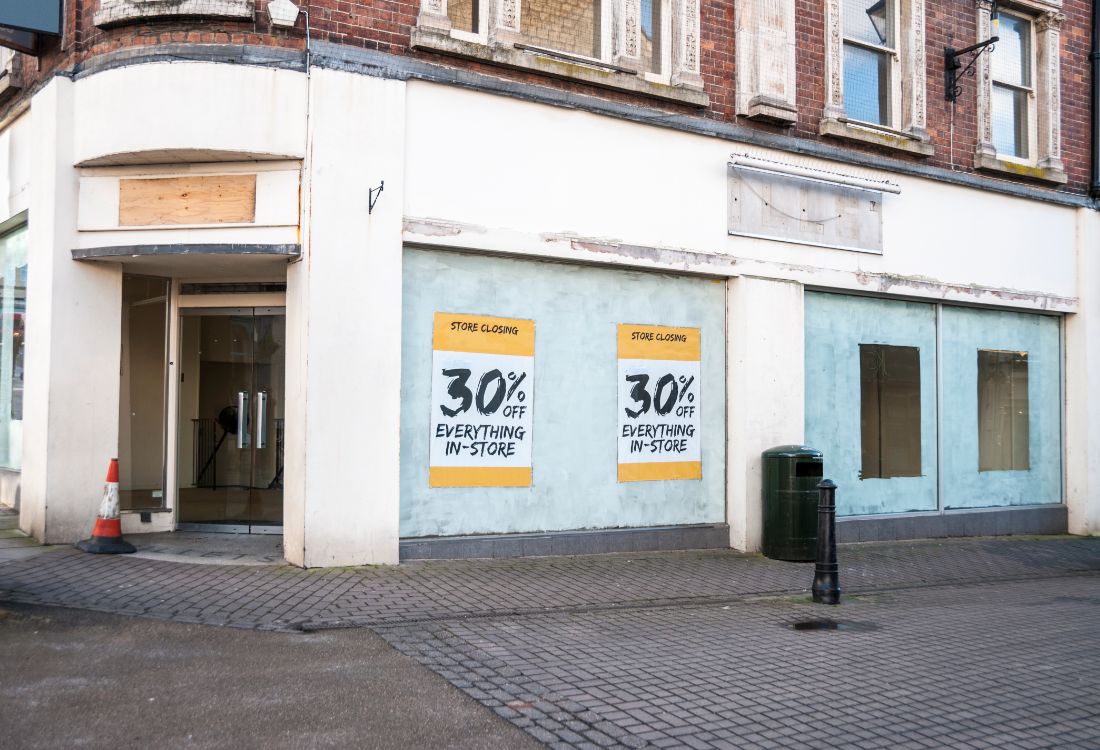
Why change? Your organisation’s survival is not mandatory
Do you know what your organisation’s future looks like? Have you ever stopped to think about the trajectory of the organisation if it just continues to do what it’s currently doing and in the way you’ve always done it? Trending towards your ‘default future’ is likely to eventually result in a downward incline in results. That’s a scary thought, particularly for anyone who may not know how to change their default future, but it is essential for organisations to realise the consequences of operating towards their default future before it’s too late. That’s if the organisation wants to survive at least. As Deming said, “It is not necessary to change. Survival is not mandatory.”
Quick question - What do 3M, Toyota and Nokia have in common?
Answer - They all started out as something other than what they’re recognised for globally today; 3M was the Minnesota Mining and Manufacturing Co.; Toyota was the Toyota Industry Corp.; manufacturing weaving looms and Nokia was Nokia Co. a paper manufacturing company.
So what? Well, it’s fair to say if Toyota had stayed in the weaving loom business it may not have reached the dizzy heights that it has today, with it being named as the world’s most successful car company and the world’s most admired company[1].
If you’ve ever stepped foot in a factory you’ll be familiar with the Toyota Production System and even if you haven’t encountered this, you have benefited from some of the tools utilising this technique in an array of environments (supermarkets, hospitals, offices, airline travel etc). Toyota recognised very early on that in order to survive, they had to change; and have been changing every day since.
Nokia sadly is a tale of woe. A once great, innovative company got left behind in the smartphone revolution; unable to successfully avoid the pitfalls of their default future in a market that moved at such a fast pace. The jury is still out as to whether the failure was their slowness to challenge Apple’s iPhone, whether they were right to go with Microsoft as their operating system or whether they were simply victims of their own success, chasing short term goals to keep up with demand rather than putting energy into innovation.
One thing we do know is that Nokia was broken up and sold to various different companies (Microsoft, HMD & Foxconn) and in 2017 Microsoft wrote off $7.5 billion dollars from the former Nokia unit. Nokia is not an isolated case. Household names such as Blockbuster, Polaroid, Toys R Us, Compaq, Maplin all have fallen by the wayside, and with them thousands of jobs, leaving devastated families and communities in their wake.
However, it's not all doom and gloom
Harley-Davidson was on the verge of bankruptcy in the 1980s, unable to keep up with the increasing growth of their Japanese competitors, Honda, Yamaha, Kawasaki and Suzuki. Rather than simply copy their counterparts by creating powerful sports bikes, they revisited their strategy and agreed to focus on the 4 Ps of marketing: Product, Price, Place and Promotion, adding a 5th P – People.
Their leadership team recognised that they could not compete on a like-for-like basis, so they made the most of their brand name and the affection it held in the hearts of the American public. They focused on the Harley Davidson ‘personality’ and created a sense of community. No longer were bikers seen as Hell’s Angels and members of criminal gangs – they focused on freedom, community, heritage and quality. As a result of this change, Harley Davidson is still going strong after 115 years in business.
Take a look at your organisation. What does your default future hold - are you going to be a Harley Davidson or a Nokia?
Image Source: Canva


